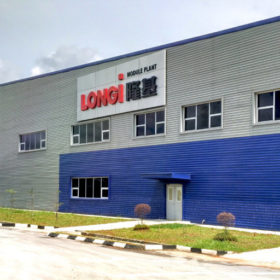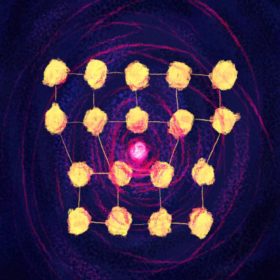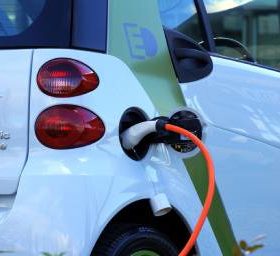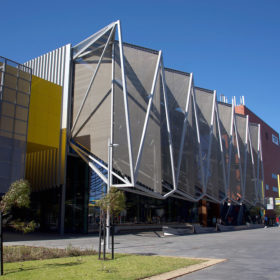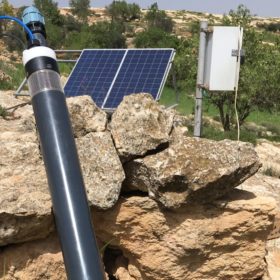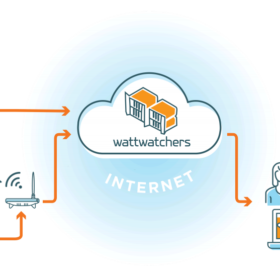Longi claims 22.38% efficiency world record for PERC mono panel
The Chinese manufacturer said the result was confirmed by Germany’s TÜV Rheinland. The achievement beats the company’s previous record of 21.65%, set last month.
All-inorganic perovskite solar cell hits 16.1% efficiency
Researchers from the City University of Hong Kong have developed an all-inorganic perovskite cell with an electron-pair donor which offers a pair of non-bonding electrons. The cell was developed by applying that ‘Lewis base’ small molecule to passivate the inorganic perovskite film.
Solar energy at the heart of solution to global water scarcity
Researchers at the University of Newcastle have developed a solar-powered atmospheric water generator, a clean and economical solution to the worsening perennial problem of global water scarcity.
Solar cells from space are on the way
A team at the U.S. National Renewable Energy Laboratory has come up with a new process that would reduce the production cost of highly expensive – and highly efficient – gallium arsenide cells.
Researchers discover how hydrogen causes embrittlement of steels
University of Sydney researchers have found evidence of how hydrogen causes embrittlement of steels, the discovery that can potentially pave the way to hydrogen-fueled future. The groundbreaking research also reveled a technique to address this challenge.
WA Govt set to fund seven renewable hydrogen feasibility studies
The WA Government has allocated funding from its Renewable Hydrogen Fund toward seven feasibility studies that could pave the way for significant renewable hydrogen projects around the state.
Researchers develop Intelligent Charger to make EV charging a two-way street
Researchers at Sydney’s Macquarie University have developed a multi-functional device that can be easily installed in any EV to alleviate energy anxiety in the vehicle and the household. The Intelligent Charger could be the necessary bridge in the transition to EVs.
New lithium-sulfur battery unveiled by Aussie scientists
Scientists at Monash University claim to have developed the world’s most efficient lithium-sulfur battery. They say the new device could enable an electric vehicle to drive more than 1,000km on a single charge.
A solar-powered irrigation pump with pay-as-you-go option
Comet-ME has developed a solar-powered submersible borehole piston pump for off-grid communities and smallholders to use for irrigation and domestic purposes. The device, compatible with PV systems from 300-900 W in size, can pump water from 45m with as little as 50 W of continuous solar power.
ARENA funds Wattwatchers toward more consumer empowerment
The Australian Renewable Energy Agency (ARENA) is set to fund Australian energy technology company Wattwatchers to the tune of $2.7 million. The funding will aid the development of a consumer-facing energy data hub, ‘My Energy Marketplace,’ another step forward in consumer energy empowerment.
